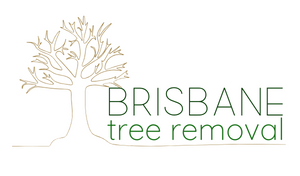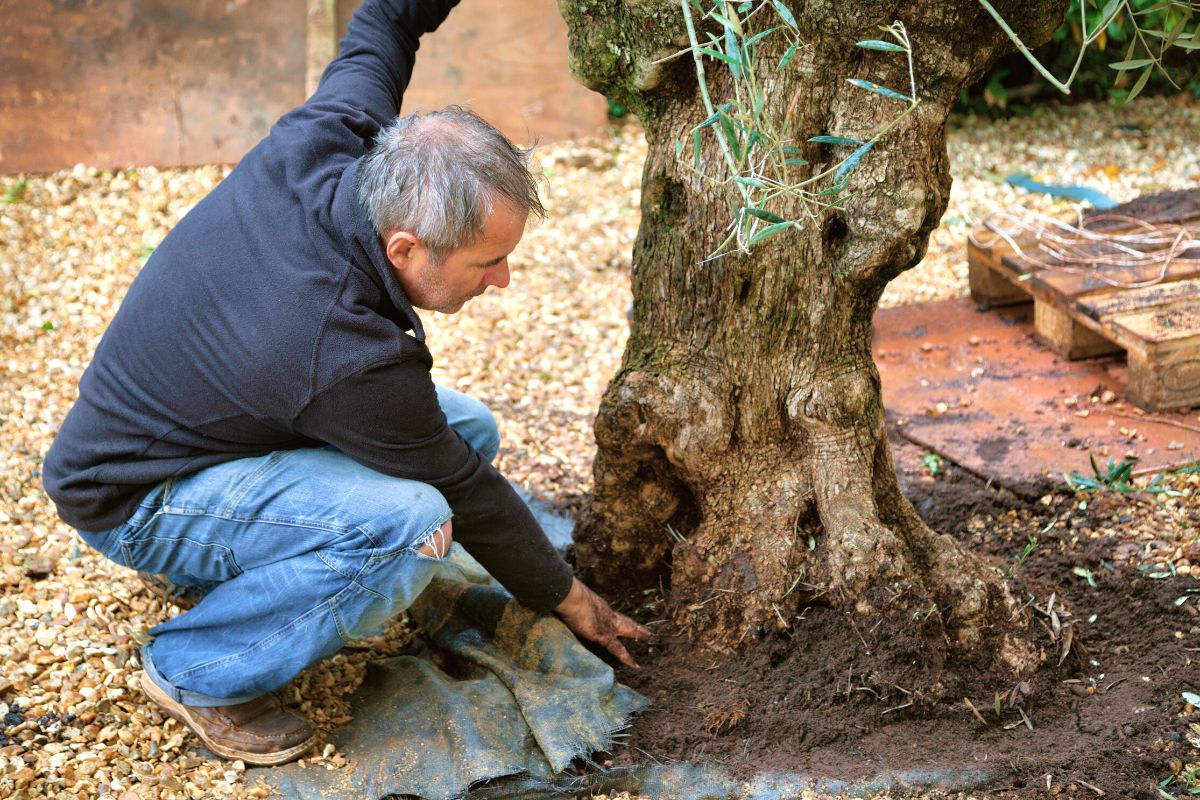Tips for Planting a Mature or Advanced Tree
The process of growing a tree is a long one which requires plenty of patience. There is a type of satisfaction which comes with planting a seed, nurturing it, watering it and watching it grow until it becomes a full-grown tree.
Not everyone has the patience for that though, and they want a full-sized tree instantly. Maybe you are moving into a new home and you have imagined having trees of a certain size in a certain location, you can’t wait for years for them to grow, so that’s when you ask the question, can buy and plant a mature tree?
Mature trees have either grown completely or are close to coming to the end of their growth cycle. Moving a mature tree has to be done carefully, however, uprooting it, transporting it and replanting it can be a risky process.
Related Topics: Tree removal Brisbane and Tree Pruning Brisbane
How do you plant a mature tree?
Planting a mature tree requires a number of careful steps. These trees have established themselves and therefore their roots are widespread. When we look out into our yards, we only see what’s in front of us, however, under the soil, there’s an entire network of roots which possibly cover the entirety of your yard. When digging up a tree you can also find that the roots of trees from other yards have also grown into yours, and that’s because roots grow faster and deeper than their above-ground counterparts, taking up as much soil space as is available.
Where will you plant it?
The conditions of the soil are very important when planting a mature tree. As all trees are different some trees need very high-quality soil whilst others can thrive in poor-quality soil. You need to assess the quality of drainage nearby where you are planning on replanting the tree to ensure you can control and predict the amount of moisture the tree is exposed to and importantly, you must make sure there is enough ground space for the roots to readjust into, and continue their growth.
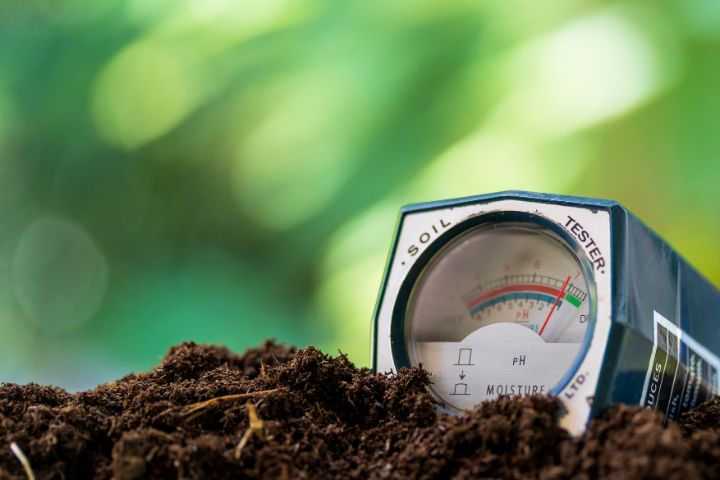
Prepare your site
Once you have found a suitable location to plant your mature tree, prepare the soil to increase the chances of it acclimatising easily without any issues. Add good-quality compost, avoid using fertilisers and suitable nutrients to the soil.
Dig the right type of hole
However big the rootball, the mass of the roots, of the tree is, is how deep you should dig your hole. The width of the hole, however, should be at least 2 or, ideally, 3 times the size of the rootball. This extra width will the rootball extra air to filter in the soil and promote healthy reintegration of the tree and help the roots to establish themselves quicker in their new surroundings.
Before you put the rootball into the soil, take this as a good, and rare opportunity to prune the roots. Get rid of any damaged, dead or diseased roots before planting the tree.
Plant your tree
Fit the rootball into the hole you have dug and stand, press, jump or stomp on the area to ensure the soil is compact enough to support the tree to stand vertically and not lean to any side or fall over.
It’s important not to be tempted to add fertiliser at this stage of the process as it could be harmful to the roots and burn them. It’s advised to wait until new roots have grown before adding fertiliser.
Add mulch!
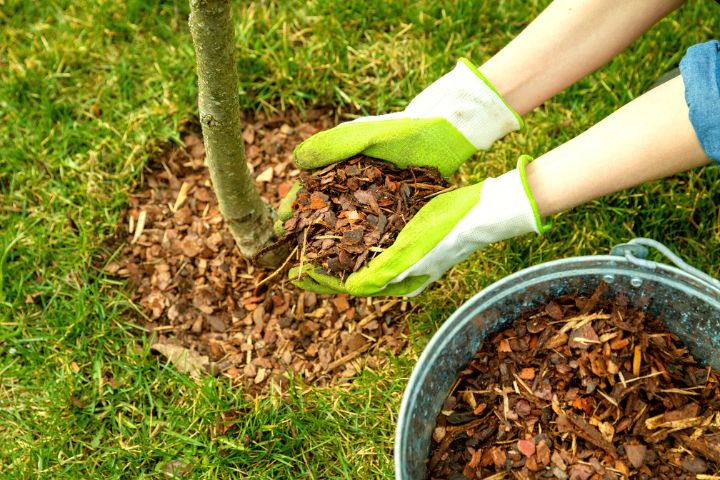
We highly recommend that you add mulch at this stage. Mulch is when you cover soil with wood chips, leaves, bark and other organic material designed to reduce the amount of water which evaporates from the soil, retaining the moisture and promoting growth. Mulching also reduces the number of weeds which grow around a tree and mulch which has been well composted can also add unique nutrients to the soil surrounding the tree.
Water!
Finally, add one of the most vital components for all living beings, water! It’s important not to over water, however keeping your new tree well watered is vital for its health and growth. An average, a mature tree requires 20 to 30 litres of water per week. We highly recommend you find out from an expert about the specific tree you are planting and stick to the professional advice you receive.
Why should you plant a mature tree?
There are several reasons why you should consider planting a mature tree, aside from the obvious benefits of saving time for it to grow. Here are some of the most common reasons;
- Immediate shade – trees have always been the best spots to get some shade during the hot summer days. By planting a mature tree you instantly make a few more shaded spots available.
- Privacy – trees have also commonly been used as a tool for privacy and screening. Many backyards are connected to their neighbours who can look into your garden, so for extra privacy, you can add some mature trees.
- Fruits and crops – commonly you have to wait for a tree’s third year before you start receiving the benefits of its fruits such as oranges, apples or lemons. A mature tree will start bearing fruit straight away.
- Stopping soil erosion – mature tree roots can often stop the soil from eroding and hold it all compact and in place.
FAQ’s
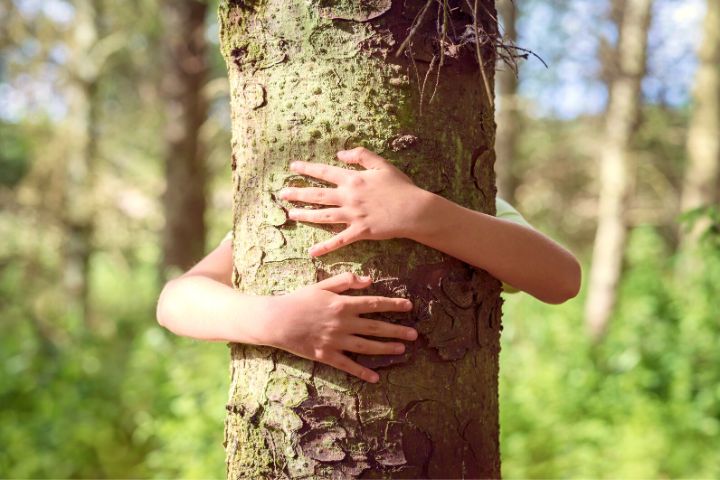
What benefits will my tree get from adding natural plant food?
Adding natural plant food is a great way to improve the health of your tree by optimising the quality of the soil. It can improve essential nutrients and microbes, ensure plants receive enough water, improve the germination process and help protect your plants from pesticides and diseases.
Should I trim my tree or prune it?
Many people assume that trimming and pruning are the same, which is understandable as both involve removing parts of the tree, however, they are very different.
Tree trimming is done simply to improve the aesthetic of the tree. Mostly electric or gas-powered trimmers are used to give the tree shape and get rid of unruly and erratic branches. Symmetry and design are prioritised in this process.
Tree pruning, however, has a completely different purpose, with the objective to optimise the health of the tree by using shears to get rid of branches and leaves which are dead, decaying or diseased so that they don’t spread throughout the tree.
Both processes are important in their own measure and should be done at the right times. As tree pruning is a more technical process we recommend employing the services of a trained and qualified professional.
